Monthly Archives: June 2021
Untouched by Human Hands, the magazine
Some pictures and a video of the Untouched By Human Hands catalog. You can see all the final works in this link.
You can read here all the secrets of this work.
One example of the catalog exhibited in a calendar format.
The Right Kind of Ugly. Art catalog
I add here some a video of the art edition and some of the texts in the catalog. You can find the illustrations here.
1 On beauty.
1.1 Definition:
Although the title points to ugliness this project can be understood as a meditation on beauty. These opposites root in art as deeply as the pair good/evil and goes far beyond the recent democracy/aristocracy opposites that are so connected in contemporary art.
I associate the concept of beauty with the idea of taste because we can study beauty as a weapon in any biologic-economic war.
1.2 Genes:
In a given ecosystem the rules that govern the external appearance of individuals are codified by a small set of information —genes—. That small collection of rules generates some differences that are read by the society as relevant. We are talking about a fraction of hair here and there or a color stripe in the proper place. In the long run, everybody can see the right symbolic association between those signs and the associated meaning but what is more interesting here is that most of the time the signs travel in both directions and not always in a subtle way.
1.3 Style:
In all these sketches you can see a formal experimentation with styles that originally meant some kind of attack to classical beauty but now are quite consolidated in the mainstream. The motives show the ugliness of today’s urbanized world and can be seen as a history of banality, vulgarity, standardization in iconography.
The style used in the large plates make use of a skinny version of modernist geometrization that gets rid of any links with texture surface, realism or even smell—I would say also that without kindness even as taught by a certain tradition of modernity and avant-garde—. The use of perspective sometimes pursues a feeling of both emptiness and inevitably, nothing stops the reluctant decrease of the size of things. When perspective doesn’t appear nothing stops a brick to become identical to the previous one. On the other hand, the deformations used in the figures are somehow common artistic language those days even a routine…
2 On vernacular.
2.1 Autobiography:
All this interest in the vernacular was initiated four years ago when after 18 years of living in the homogenized cool of El Born I moved into the irregular and degraded La Bordeta town, on the outskirts of Barcelona. Suddenly I became aware of the ugliness of the city and also the little differences that mark the people from different quarters of the city.
As all kind of genuine art must be a biography, I consider this project a reflection on experience and the ideal. I guess at the same time it makes this episode a universal one, because you can find this conflict between coolness, local culture and hybridations a global phenomenon that is happening anywhere around the planet.
2.2 Iconography:
The motives represented are mainly a selection of the local iconography of my new neighborhood. This is important because you can only achieve universal truth through the study of what is near.
3 La distincion.
3.1 Bourdieu
Like showed by the sociologist Pierre Bourdieu, the social, economic and cultural dynamics are defined mainly by the environment. All these variables configure, to an important degree, what is supposed to be beautiful and good for a certain individual and group. This frame marks the threshold and the limits of taste and points to the radical question: how do you like exactly what you are predestined to desire? In this project, again, we are interested in showing some of the relations between the elite that sanctifies the new tastes and the origins of those new forms, many times stolen directly from the lowbrow.
3.2 Irrational penalization
I never valued having roots. Maybe it was a symptom of snobbism but from my first memories I remember enjoying all kinds of noble traditions and ideas. At the same time, I didn’t understand how people would voluntarily show signs that could penalize them socially—you can think in the tattoos that cast you as an outlaw in an environment where you would need to be invisible and mimic the rest of the people to perform your illegal job —.
I learned later that life is much more interesting and also that in order to succeed in a small cultural niche sometimes you need to commit yourself to some kind of irrational penalization, showing the rest of the community what you are able to sacrifice in order to commit to your group. I think for instance in all the visual marks that show that you belong to what is considered a second class, limiting your economic options, in an environment where the big prize is for a different set of marks, as happens usually with the migrants that arrive at the west but stick to their group instead of adapting to the dominant one.
Those visual marks create bonds that are especially valued inside the communities but after some time they create spin-offs that most of the time is difficult to control by the cultural elite that aspires to rule over the sanctity of goodness —normally the left—.
That act of sacrifice for the —poor—community happens without irony and mobilizes the actor without a shield in front of the —first-class—world, sometimes even with a certain amount of violence.
4 Consum and leisure
4.1 The new saints: In praise of Tunnel and Bridge People.
Despite the negative associations related to these youngsters, blamed for their lack of productivity and engagement in the modern world, we can detect in them also some meditative qualities —even Buddhist ones—. The industrial system gradually facilitates that modern life fill every minute in our lives: work, formative time, social engagement and even personal leisure are packed without any possibility of emptiness. But these unemployed guys give themselves empty time in order to pursue a career in mindfulness.
Their sport goes from dog walking to wanderer sessions. This no-action philosophy could guide us in order to re-equilibrate modernity. What kind of reflection about time are we skipping? Minimum intervention in the world and self-knowledge. They pursue dematerialization and spirituality and they fight against the new capitalist rule: the work occupies the complete life of the individual.
—I’m not sure if you noticed but I can feel a certain drift in the text style… I decided to let it like this… just signaling that I am conscious of it—
5 Marginal/mainstream
Although the themes represented are quite contemporary I can see a connection with forms that have been here during the last 40 or 50 years. When did exactly working people stop using suits and when the color lines of sports clothes —so associated to the heroin culture in the 80’s— became a luxury item? Now it seems that the exploitation of geometrization, ugliness, the different deformations typical of modern art, and the extended use of lumpen imagery in today’s fashion world are here to stay.
In the last years the art world has incorporated visual imagery from hip hop, trap and other tendencies. This fagocitation by contemporary art has accelerated the hybridization of high and low —a tendency initiated centuries ago but increased from the 60’s—. The new kings of fashion have made the gap between luxury and marginality apparently very small, incorporating the characteristics of violence and ugliness into what was intended as inaccessible.
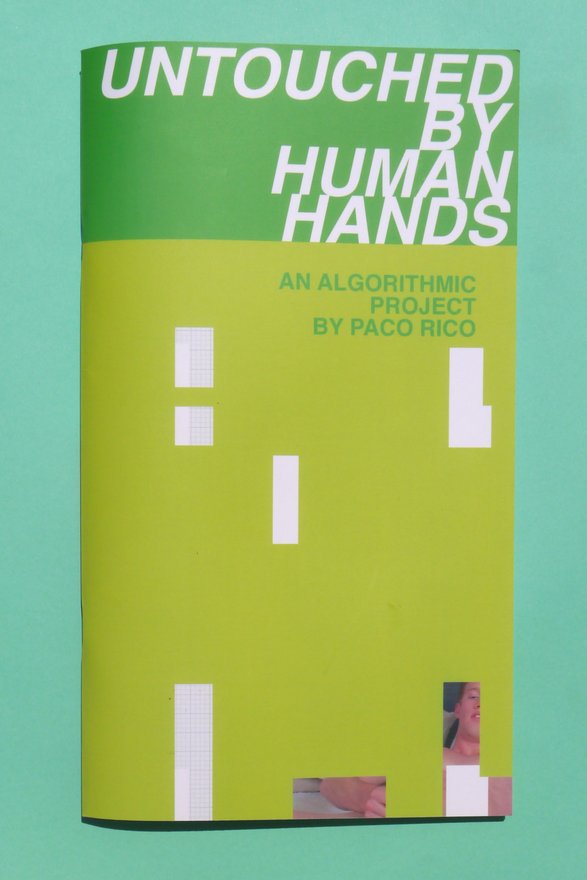
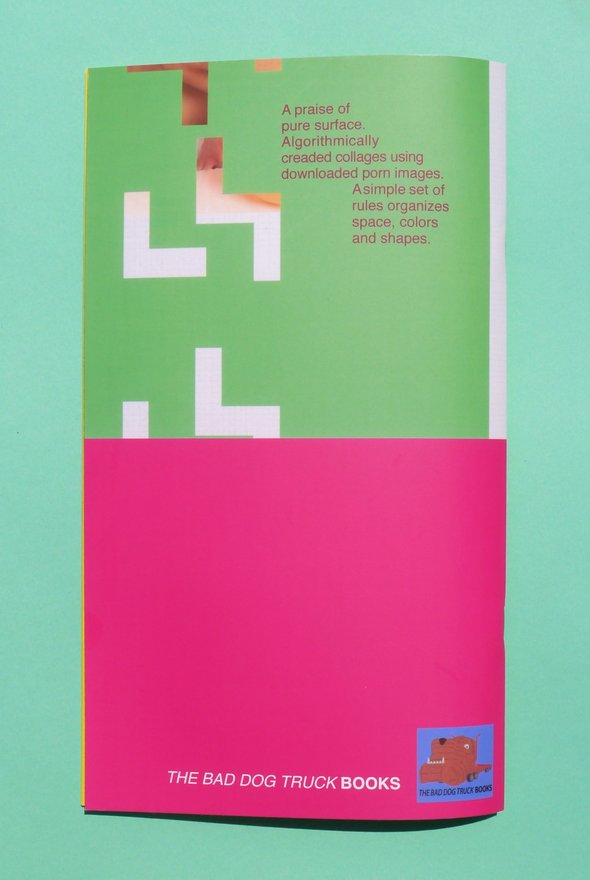
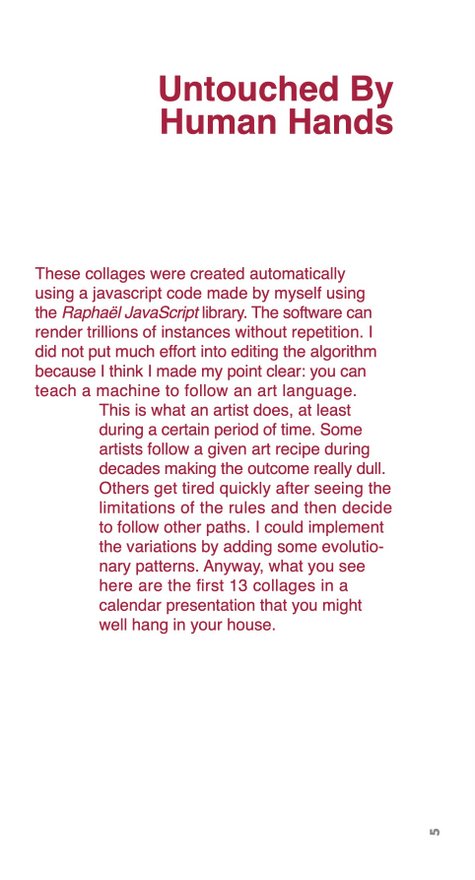

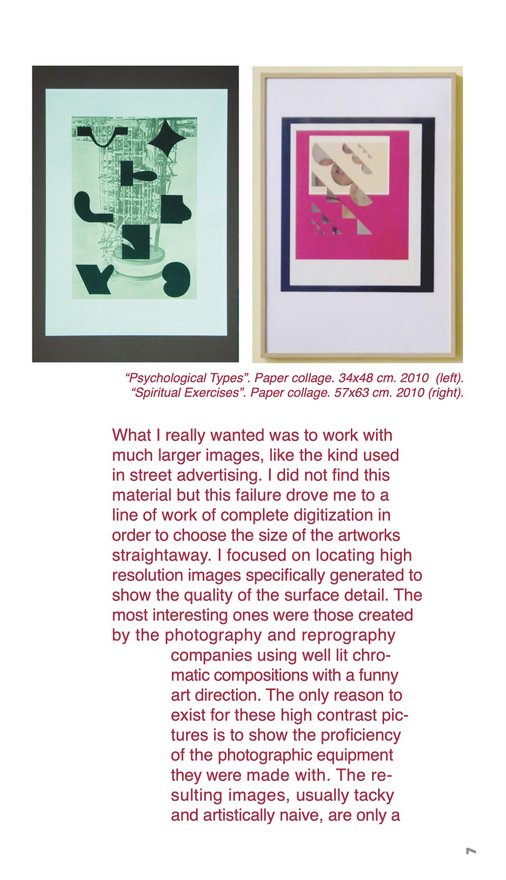
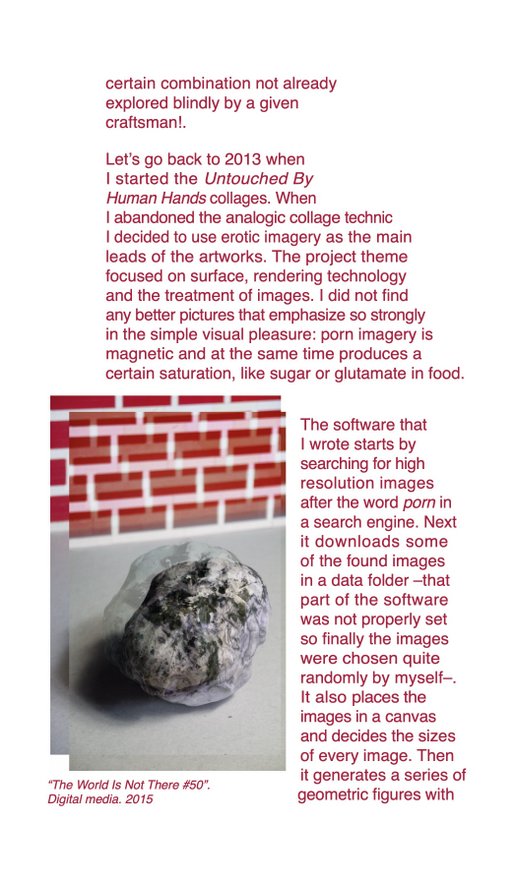
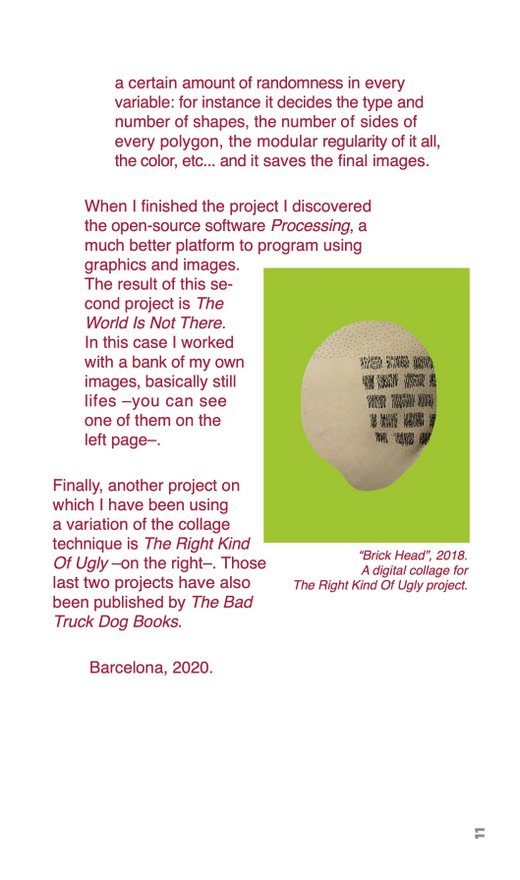
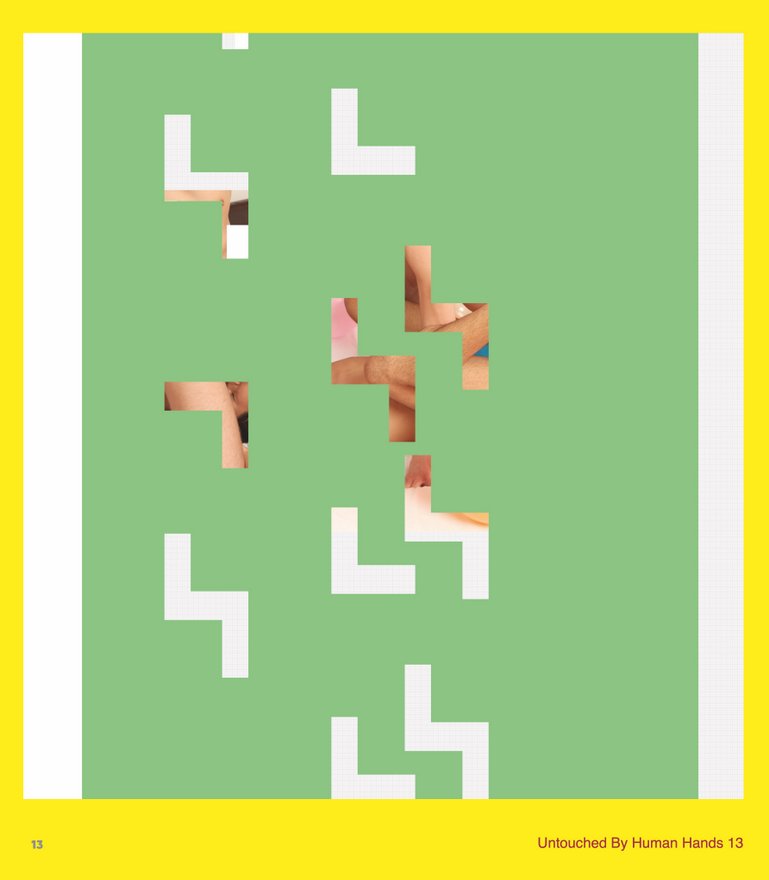
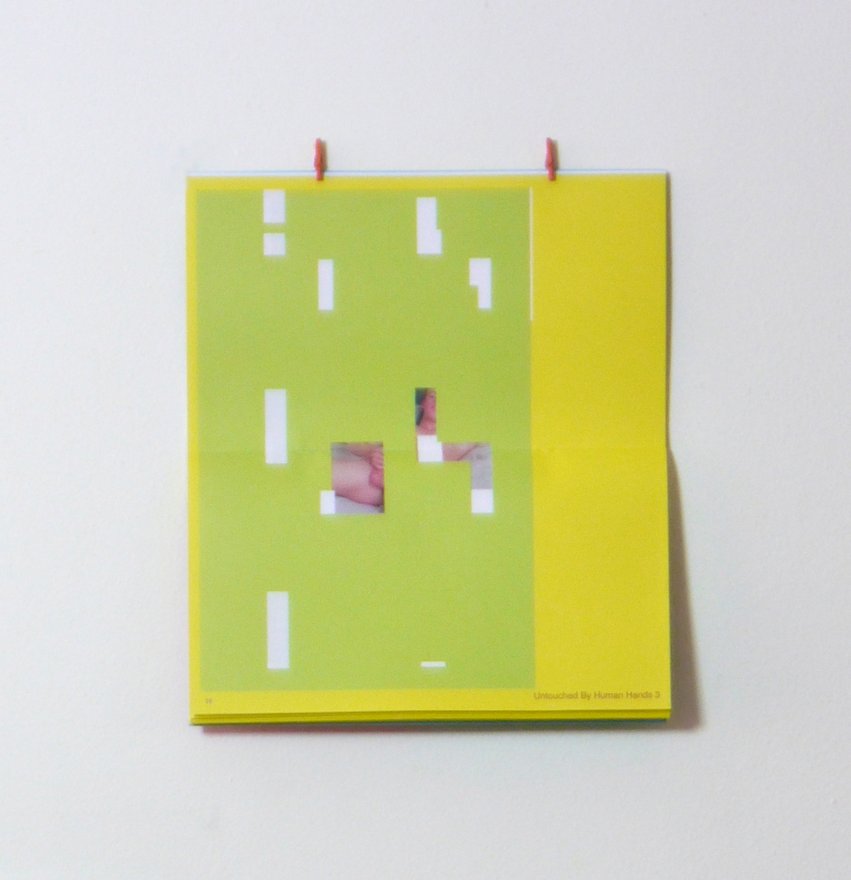
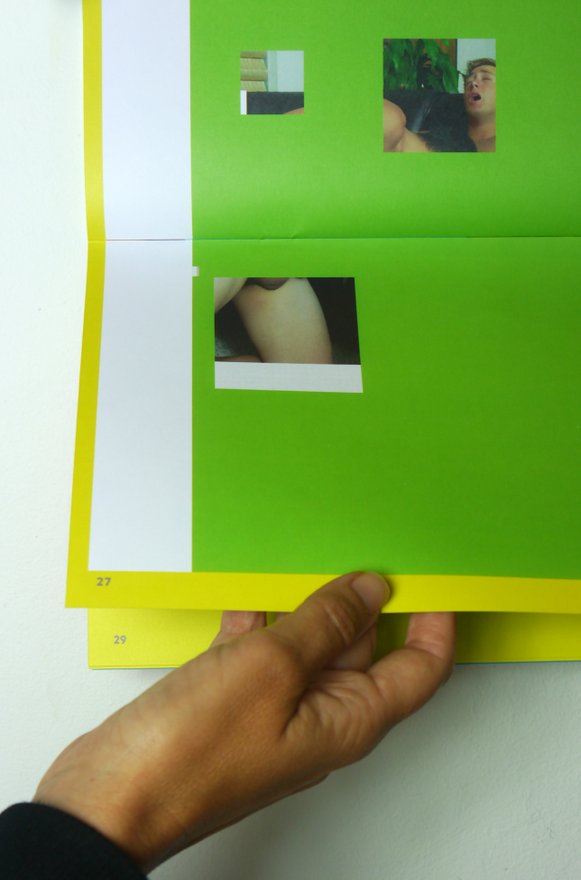
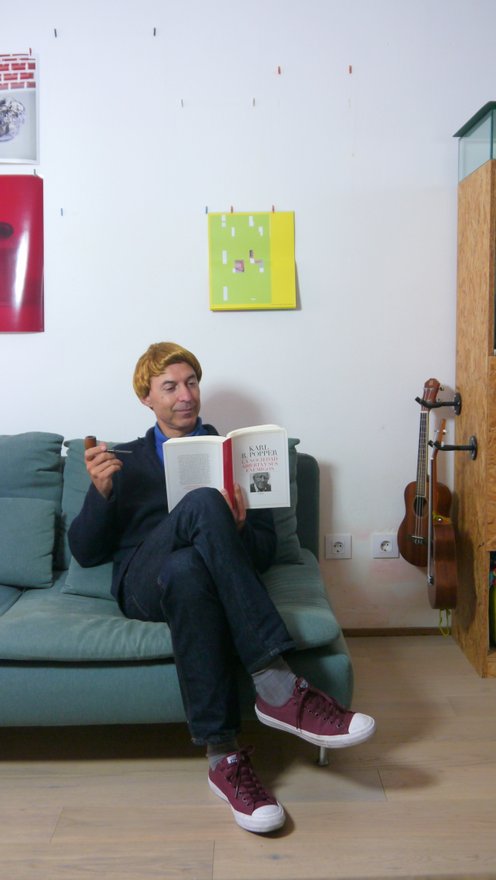

Recent Comments